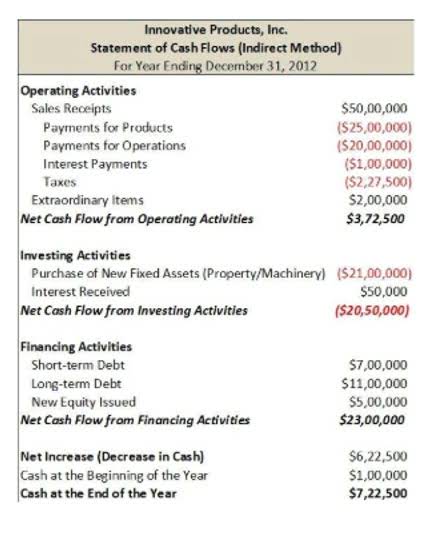
Such storage creates an audit trail and makes the invoices easily retrievable in case of necessity. Further, it makes it very easy to track all the documents and reduce chances of any Bookstime misplaced or missing invoices. Irrespective of whether an invoice is received via email PDF or email, or as an e-invoice, the information contained in it must be scanned into the accounting system. Once the information is scanned into the system, the invoice goes through a specific workflow and payment. In this document, the seller will provide detailed information about a transaction or sale. The key purpose of an invoice is to request payment for the goods or services that the seller provided, which effectively makes it a bill for the transaction.
BlogAccounting Automation Blog

Integration will ensure that data is transferred smoothly between systems, reducing the risk of errors and minimizing gross vs net the need for manual data entry. You get customizable approval workflows, real-time tracking, and seamless integration with major accounting software. AI also enables intelligent data validation by cross-referencing invoice details with purchase orders, identifying discrepancies automatically.
- An automated invoice processing system verifies and validates invoices automatically based on preset business rules.
- This could be achieved with a cross-functional team with members from both teams or using shared KPIs that balance both their priorities.
- Whether it is matching prices, purchase orders, or data entry, a smart automation solution can handle the easy stuff.
- These insights will help you set clear goals for your software implementation.
Develop clear exception-handling processes
These checks include comparing purchase orders and looking for duplicate entries. Automated invoice processing uses artificial intelligence and machine learning for invoice creation. It enables a company to limit human involvement when processing invoices. It also allows software development companies to add custom logo designs, texts, stamps and other details automatically to save time and resources. Such software also facilitates stronger compliance to custom regulations and policies to ensure that the outcomes are in accordance with the standards of the company. Manual processing of invoices is prone to errors and mistakes owing to the reasons like fatigue and lack of concentration.

Leveraging early payment discounts

Invoices that used to take 1-2 days to process payment can now be completed in less than an hour. Be strategic about the arrangement of different steps, actions, and decisions that individuals follow to efficiently and effectively complete invoice processing in your organization. Customizing a workflow involves adapting and configuring the workflow to match the unique requirements, preferences, and constraints of your situation.
Can automated billing handle one-time payments and recurring subscriptions simultaneously?

Make a list of the features that are important to your business and evaluate software options based on how well they meet your needs. Tools like InvoiceSherpa optimize the AR collections process by automating invoicing, tracking payments in real time, and generating detailed AR reports. These features give businesses visibility into overdue accounts and help prioritize follow-ups, leading to faster collections and improved cash flow. Effective accounts receivable best practices help businesses get paid faster, maintain steady cash flow, and improve customer relationships.

Step-by-Step Guide to Implementing Automated Invoice Processing
DSO calculates the average number of days it takes for your business to collect payment after a sale. The receivables turnover automated invoice processing ratio measures how often your business collects its average accounts receivable during a specific period. Clearly defined payment terms set the foundation for smooth collections. When you have real-time data available regarding your incoming transactions, your reporting is much more likely to be up to date as well. Look at the time savings by calculating the reduction in processing time.
